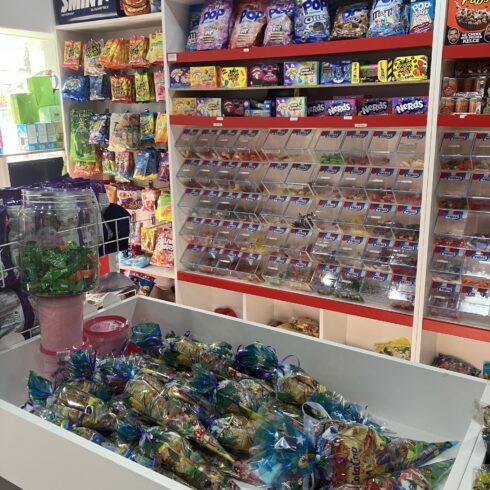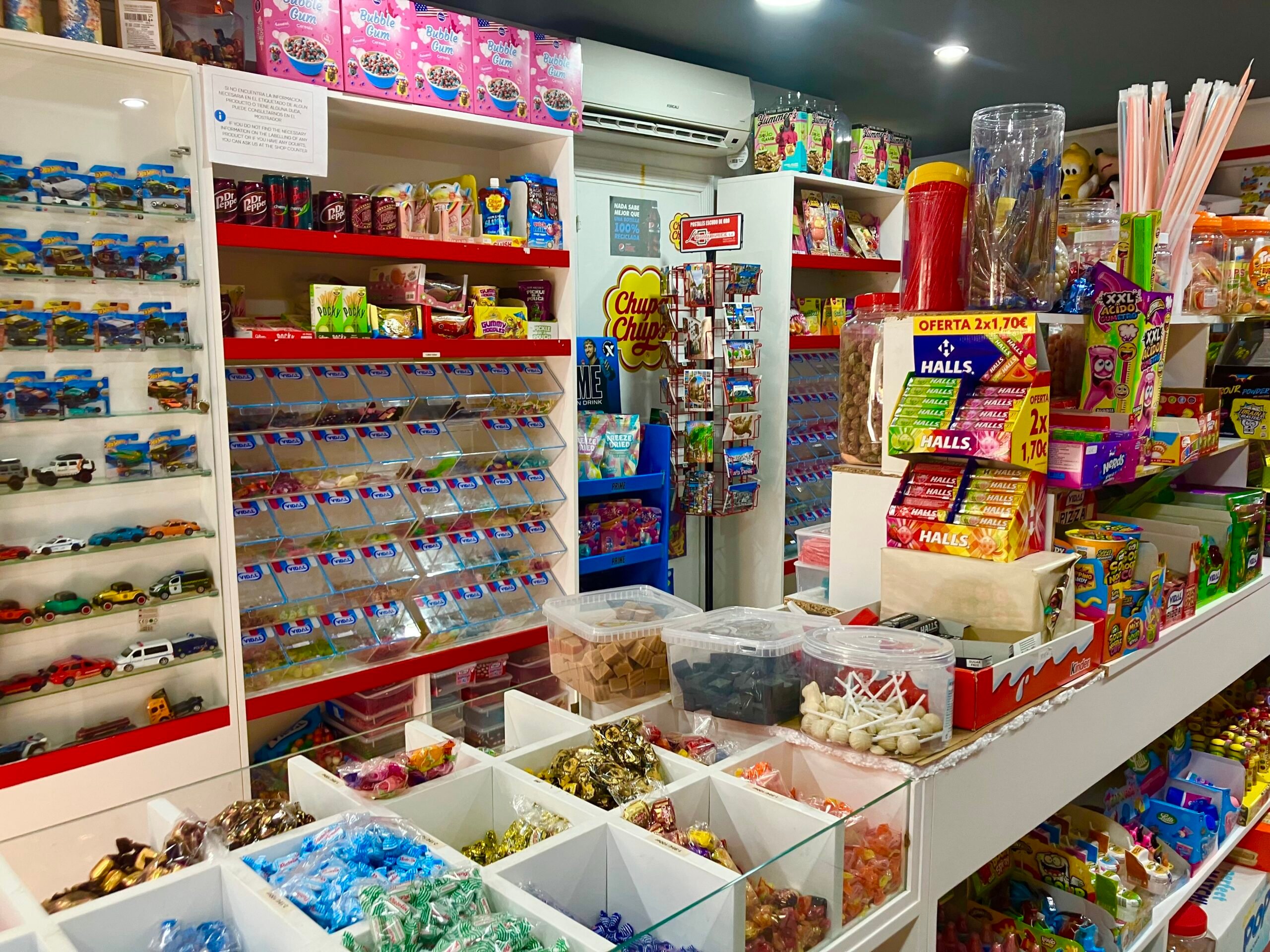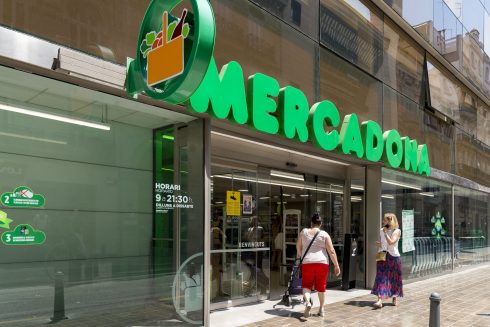ONE of my earliest memories of Spain isn’t of a landmark or a family meal – it’s of a sweet shop. I was just three-years-old and visiting Bilbao with my dad when we popped into a little store where I was overawed to find it stacked wall-to-wall with colourful treats.
The shopkeeper handed me a plastic bag and off I toddled, roaming the aisles, seriously examining with wide open eyes all the seductive sweets and chocolates on offer.
It was pure, magical joy for little me – a memory that has stuck with me long after the sugar rush faded.
Years later, I wanted to find out if the same kind of culture still exists in Spain, and what, if anything, has changed in the 18 years since.
Chuches (sweets) are still, evidently, a big part of Spanish grocery stores. Enter any Dia, Carrefour or Mercadona and the sweet aisles are plentiful. More traditional sweet shops do still exist.
To find out, I visited San Pedro Alcantara, where I met a man defying the odds – and proving that for now, at least, the sweet shop still has a place in Spain’s retail heart.

Jose Manuel Nuno Garcia, known by everyone as Nuno, is the owner of sweet shop 1000 Tentaciones, in San Pedro Alcantara. The name, suitably, means 1000 Temptations. The store is a family business he runs with his wife Yana, and has been operating for two years. People from his original home, in Asturias, warned him against the business, saying it would only last a couple of months. But now, the shop has been up and running for two years, and business is doing well.
His shop has more than 70 sweets on offer. He tells me that the classic way of taking a bag, some gloves and perusing to pick and choose what you want is still common. However, in today’s world, social media has significantly changed the business of selling sweets.
“You can ask for this and this, whatever is very viral at the moment. Currently, there’s a lot of demand for acid sweets, and sweets from Sweden.” Nuno points out that Scandi Candi, another sweet shop a couple of minutes down the road from his, offers sweets primarily from Scandinavian countries.
There are drawbacks to this demand for imported sweets. For example, expiry dates and long distances mean things cannot be returned. Economically, he also has to ensure that air conditioning is on all the time so that international chocolates, such as Snickers, don’t melt. “During the blackout I was praying all day that the chocolate wouldn’t melt”, he says, laughing. He also has eight fridges that he needs to keep running: “People come in to buy drinks too, not just sweets.”

When compared to public ‘kioskos’, sweet shops are a little bit riskier. Kioskos are owned by the ayuntamiento and have to pay smaller rent fees. They are also always in strategic places such as the street or outside of a school. He points out, however, that the tradition of being able to pick and choose sweets is lost in the kiosks, as you have to ask the owner for what you want.
Nuno underlines that in northern Spain, where he is from, there are more sweet shops such as his, but they tend to have fewer imported goods as the demand from expats does not exist there. Here, Americans, Norwegians and Saudis frequently visit his shop. “People have a lot more money here, and that’s where you see the difference.”
But it can be a risky business. If something doesn’t sell, the money is lost. For example, at the moment, Squid Game sweets, based on the popular Netflix TV show, are selling but chewing gum from America not so much.

Imports are expensive too: a box of 24 Snickers for example can cost €36 and if they are not all sold they can become money down the drain.
“Sweets aren’t a necessity like bread or milk, they’re an impulse buy. That makes the business a bit riskier.” He explains that his clients are generally young boys and girls, with more girls than boys.
Has he seen a change since he was a child in how sweet shop culture has changed?
“When I was a kid, I didn’t buy something every day, these days things are different, times have changed, people come here a lot more than before.” Speaking about Marbella specifically: “it’s a different world, it’s a level of financial ability that’s scandalous, it’s like Las Vegas.”
“I can’t tell people back home, in Asturias, that people come here to spend €80 or €100 a week on sweets, people who have cars and a lot of money.”
What about the fact that sweets contribute to obesity?
“Generally, I see that people from northern countries will look after themselves, and do a lot more exercise, or refuse to eat sugar. South Americans genetically are fatter, but they also eat a lot, drink, and party. Young people also look after themselves a lot more now.”
He adds that health also has a lot to do with the climate. He himself moved here from Asturias because he suffers from asthma and obesity. For him, the move to Marbella has done wonders to his health.

If you can, support local sweet stores today: there’s plenty on offer and you’re bound to find something that tickles your tastebuds.
Click here to read more Spain News from The Olive Press.








